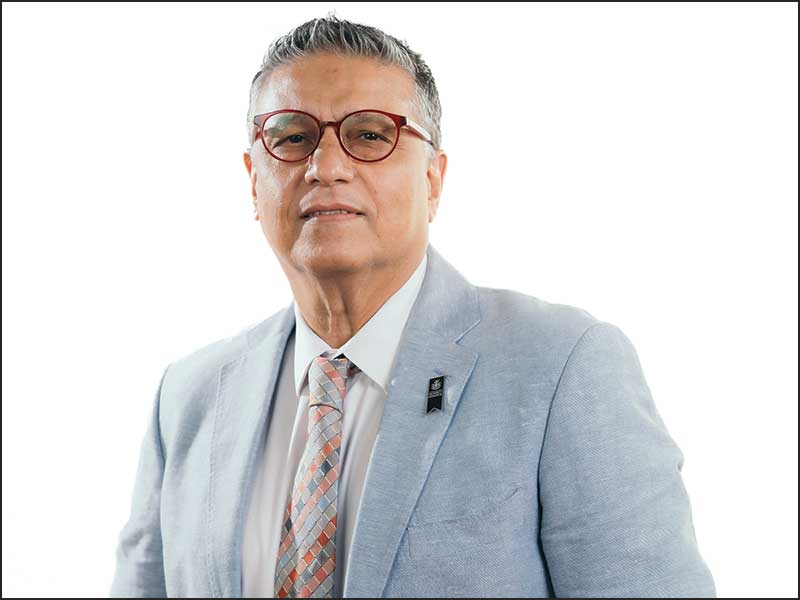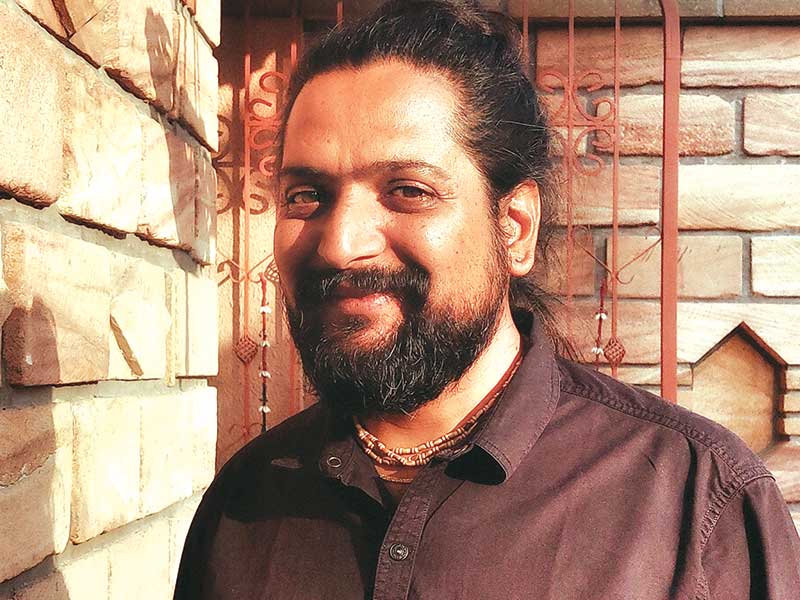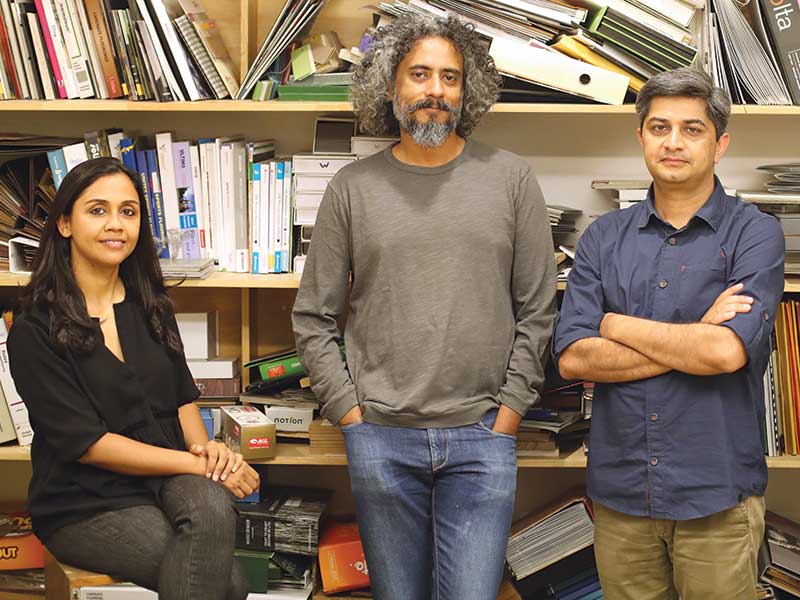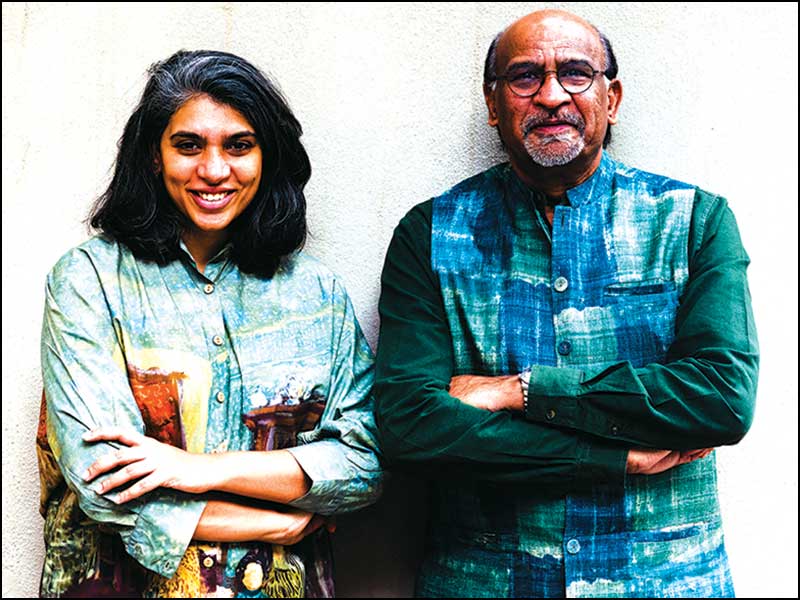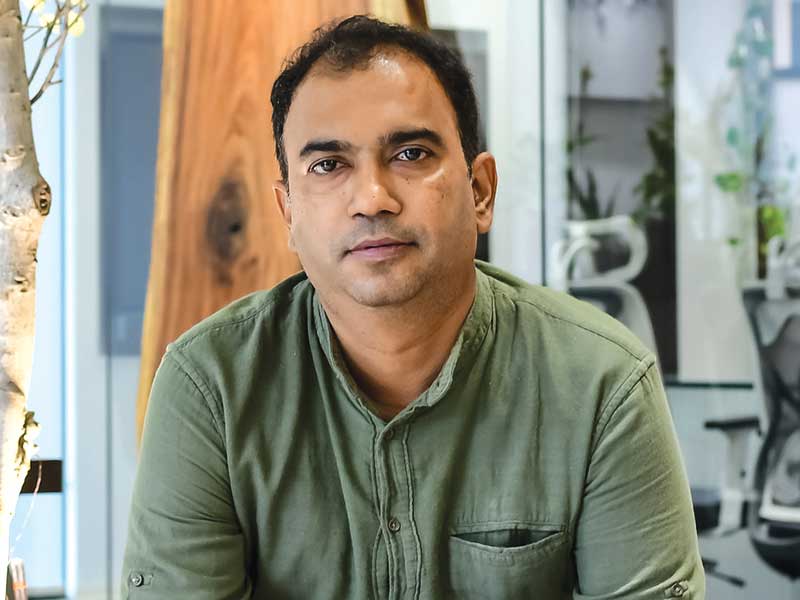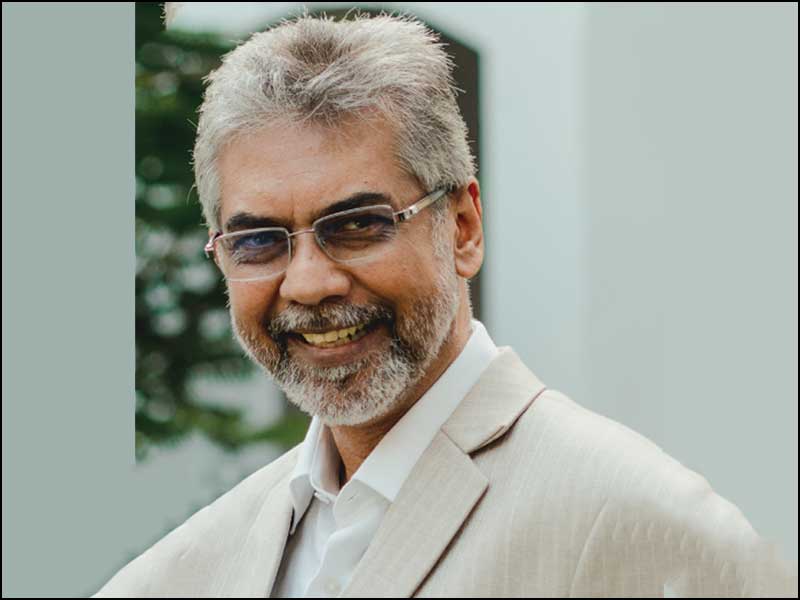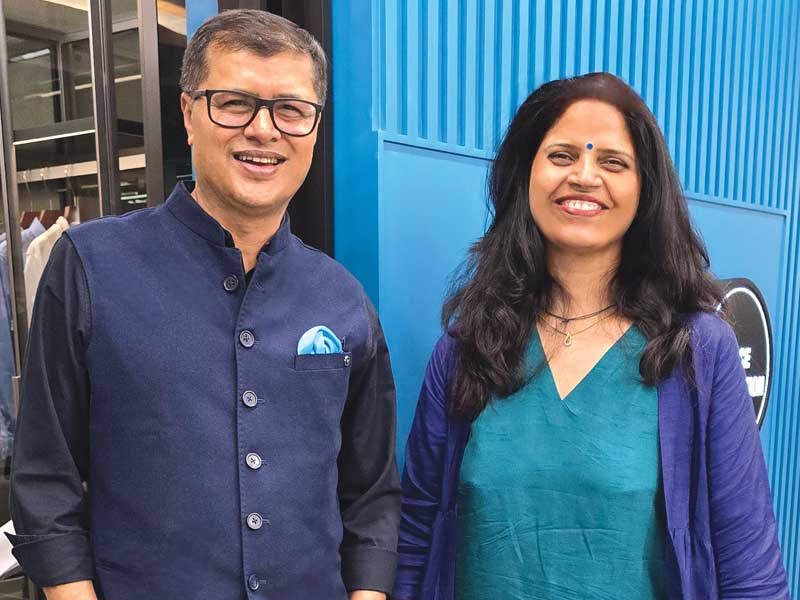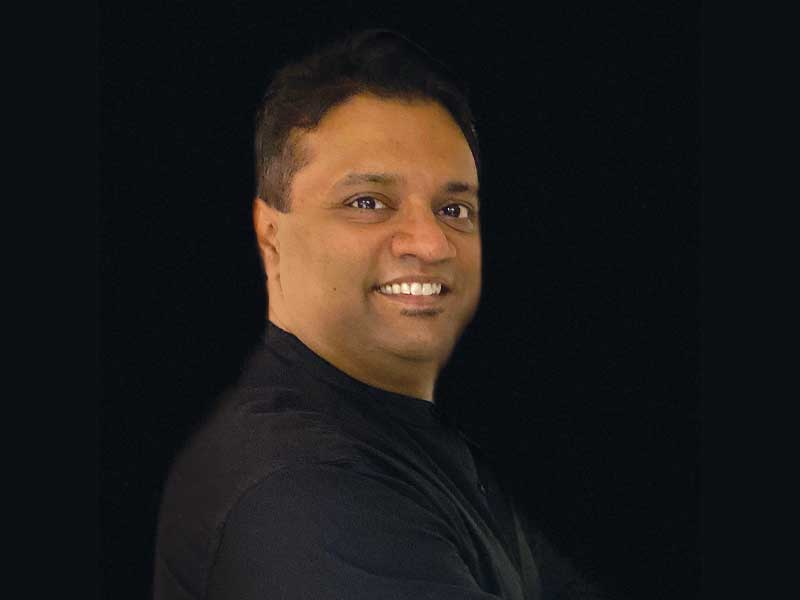
Architecture globally is moving towards organic and parametric designs that seamlessly integrate with its surroundings. Sustainability has become key. Individuals today have a heightened sense of awareness to the environment. The focus has shifted towards sustainable designs that are aimed at longevity. Natural lighting has played a vital role in design of a building in recent years and the emphasis continues. A dominant shift in the architecture and design segment of residential and commercial spaces are the open-plan spaces that blur the boundary lines between different sections, encouraging social and productive interactions.
Technologies like AutoCAD and Revit make it easier to design free-flowing and creative facades, and BIM minimizes error.
Technology has become the defining force of a new social order. Efficiency is no longer an option, but a necessity in all activity; and technology is a major assist in functioning at our productive best. It helps us explore and create new forms, with changes that are reflected immediately. The advancement in virtual technology such as AutoCAD and Revit make it easier to design free-flowing and creative facades. It helps seamlessly incorporate elements such as wind and solar analysis into the working drawings for better assistance. Another key feature that helps make the conceptualizing and designing phase smoother is the quick swap between the floor plan and elevation views. Our studios have been using AutoCad and Revit to work together with team members as well as our consultants. It reduces the hassle of duplicated data and incorporating final files. Using BIM has minimized the margin of error.
Composite materials made of carbon and glass are making rapid inroads.
The choice of material in architecture is completely contextual. Today, we see a mix of structures using traditional materials as well as composite materials. There has been a sizeable increase in the market size of composite materials in India. Composite materials made of carbon and glass, are making rapid inroads into India’s traditional markets for building materials. With cost effectiveness as the key criteria, especially catering to the urban and rural housing needs, the industry tends to opt for newer construction methods that incorporate the use of composite materials.
 Le Meridien Thimphu, Bhutan
Le Meridien Thimphu, BhutanThere is time before India adopts prefab on a large scale.
We have seen an onset of 3D printed construction projects globally. However, there is time before India adopts similar trends on a larger scale. Currently, the customized pre-constructed modules and blocks available help ease the construction deadlines, but a major use has been seen only in the budget hospitality segment.
We need to move to a more vertical mixed-use zonal development.
Space crunch is one of the major issues we face as a developing nation, with increasing population and the burden on public infrastructure. Metropolis like Mumbai are overburdened, and the ideal solution to this would be to move away from residential, commercial and entertainment pockets across the city, into one a more vertical mixed-use zonal development. This not only reduces the load on public infrastructure, but also declutters major nodes within the city, thus reducing the average travel time from one place to another.

